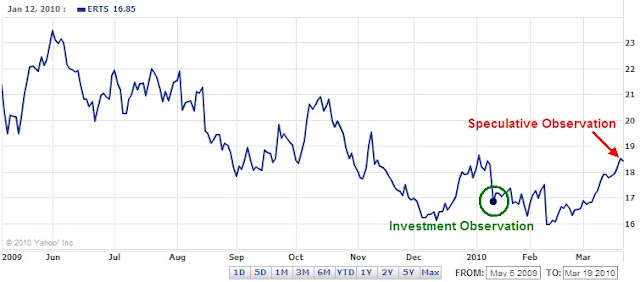Is there a sensible way to speculate in penny stocks? We examined an approach to reduce risk while increasing success in penny stocks.
Our approach starts with a list of Nasdaq companies that have regained listing compliance by meeting the $1.00 minimum bid price requirement. We obtained this information through Google Search, company press releases, or Nasdaq press releases. The time frame for this assessment is from 2019-2020. Keep in mind that 2020 experienced one of the largest declines and rebound.
The first table shows a summary of the result broken down by various time frame. The second table contains individual stock detail.
The average rate of return, for this frame, was around 100% if we purchase and hold for approximately 9-12 months. Most of the gained came occurred in 2020.
Results based on individual holdings varied widely. To highlight the key to success, we can look at Seanergy Maritime Holdings (SHIP) which lost virtually all its value (-97%) and Kopin Corp (KOPN) which gained 575% in one year. An equally weighted purchase of these 2 companies would have produced exceptional results.
The reason this strategy can lead to a profitable trades is driven mainly by the lopsided risk and reward profile. While some stocks lost nearly all their value, others gained more than +100%. While success rates (positive return) hover around +50%, the uneven profile of risk reward makes this strategy viable.
Although the duration of this study was limited to 2 years, which include down and up cycle, we conclude that this strategy is a viable way to identify and possibly speculate in penny stocks. However, the key to success is diversification and one must purchase and hold as many stocks as possible over the studied timeframe.
Reference:





